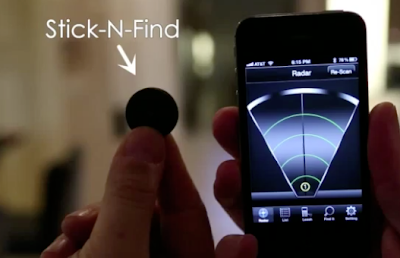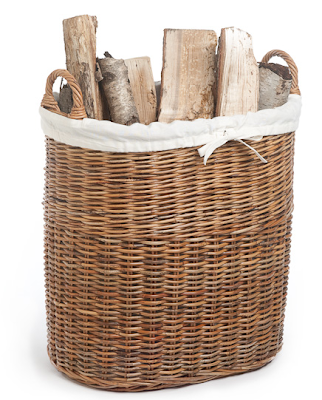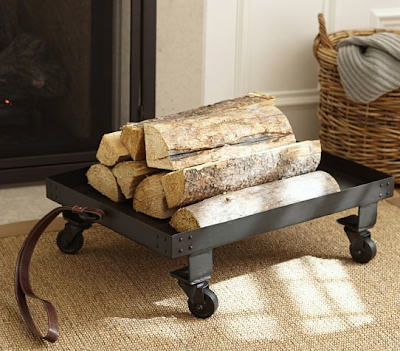
Do you have problems with things getting lost? This “lost things” series has already mentioned many ways to avoid that, but here are a couple more tools that work for special situations.
1. Magnetic Project Mat
As ThinkGeek says, this mat will “keep all your screws and nuts and stuff from rolling all over the floor.”
This mat comes from iFixit, and it’s available in two models. The pro version “has a non-slip foam backing, and features a much more powerful magnet, making it ideal for larger screws and metal objects.” You'll also see there’s a dry-erase surface on both versions, which “lets you keep notes and stops mistakes.” There’s a review on Wired, where Dave Giancaspro confirms the company’s claim that the mat is safe for hard drives. [via bookofjoe]

2. Lens cap leash
A lens cap leash or tether is not for everyone, as you can see from the comments on Unclutterer, but it solves the “lost lens cap” problem for some people. On photo.net, you'll see people who like them, and those who don’t. This one is the Sensei Cap Keeper Plus Lens Cap Holder, sold at B & H photo.
As an alternative, you could get a buckle lens cap holder.
The rest of the “lost things” series:
How to Avoid Losing Your Keys, Phone, Etc.
Strategies for Finding Lost Things: Phones, Keys, Etc.
Gadgets to Help You Find the Things You Lost





























